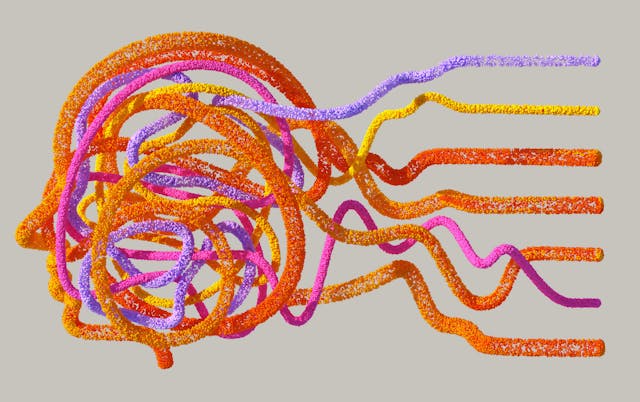Face recognition or facial recognition systems are a technology designed to match a human face from a digital image or a video frame against a database of images. These technologies are typically employed in various applications such as user authentication services, attendance management systems and many more.
How exactly does it work?
For anyone that has had to have their face verified to their identity, whether it be for verification of an online dating profile or to receive access to a restricted area of a premises, the process is fast and simple. We may take this for granted given just how intuitive and clever face recognition technology is.
Computer algorithms are created through coding to pick out distinctive features of a person’s face. These features include the shape of the chin, distance between eyes, the width of the bridge of the nose, plus many more. Then, the details are then converted into a mathematical representation and are checked against data stored in the system of other faces collected.
How has this technology evolved?
The process described above is relatively simple compared to the capabilities of facial recognition systems nowadays. Programmers have been able to develop algorithms that can authenticate an individual even if the following factors are present; faces are tilted in the picture or video, numerous individuals are present, glasses are being worn, identification with a face mask.
Attribute determinations can be applied if the system is required to acknowledge the presence of any specific attribute. Such attributes include gender, age, presence of a smile or not, having eyes open, lips sealed. This can be of use to systems that require each individual to present their face naturally in a neutral position by providing prompts to their user that a certain attribute criteria needs to be met in order for the face recognition system to function properly.
What are some of the popular applications?
- User authentication for time and attendance monitoring: ensure employees are sticking to their regimented schedules by integrating a facial recognition system at the point of arrival and departure. This method does not require any cards or IDs so no one can cheat the system via buddy punching.
- Advanced security authentication: highly secure areas require bulletproof methods of protection in order to prevent any individuals from gaining access to a prohibited area. Facial recognition of those who should be within that area is a great way to keep things secure.
- Retail advertizing: real time processing of individuals interested in the marketed product can have their facial attributes detected and recorded by a face recognition system in order to provide valuable buyer persona information.
- Dating profile moderation: users of dating apps or sites want to be reassured that the person they are talking to is genuine. This is now possible due to the facial recognition feature that has become prevalent within the industry so users can verify their profile by completing the facial recognition process.
Implementing the technology
The world of facial recognition is one that is not confined to strict boundaries. Businesses across various industries can implement face recognition technology via API integration, resulting in a system available on PC/mobile/web devices. For more information, discover how face recognition API can be precisely implemented to bring about a successful facial recognition system.



